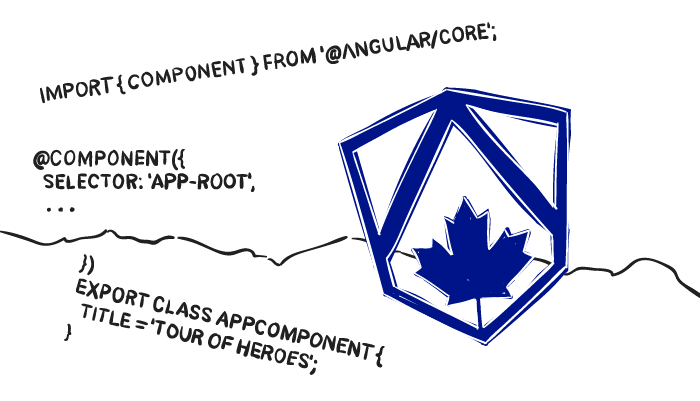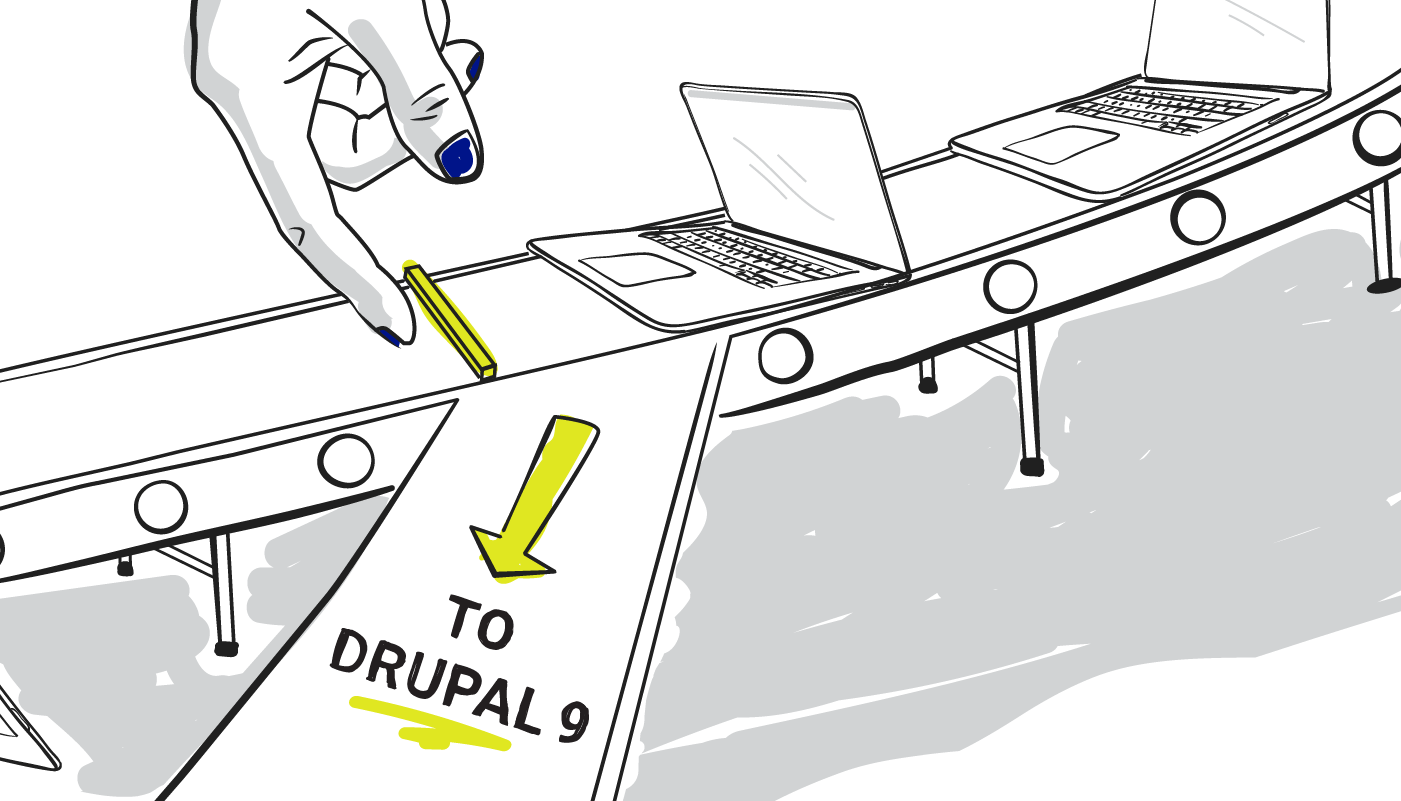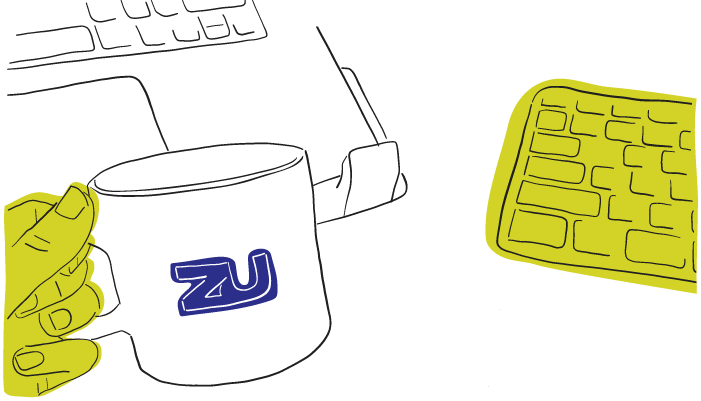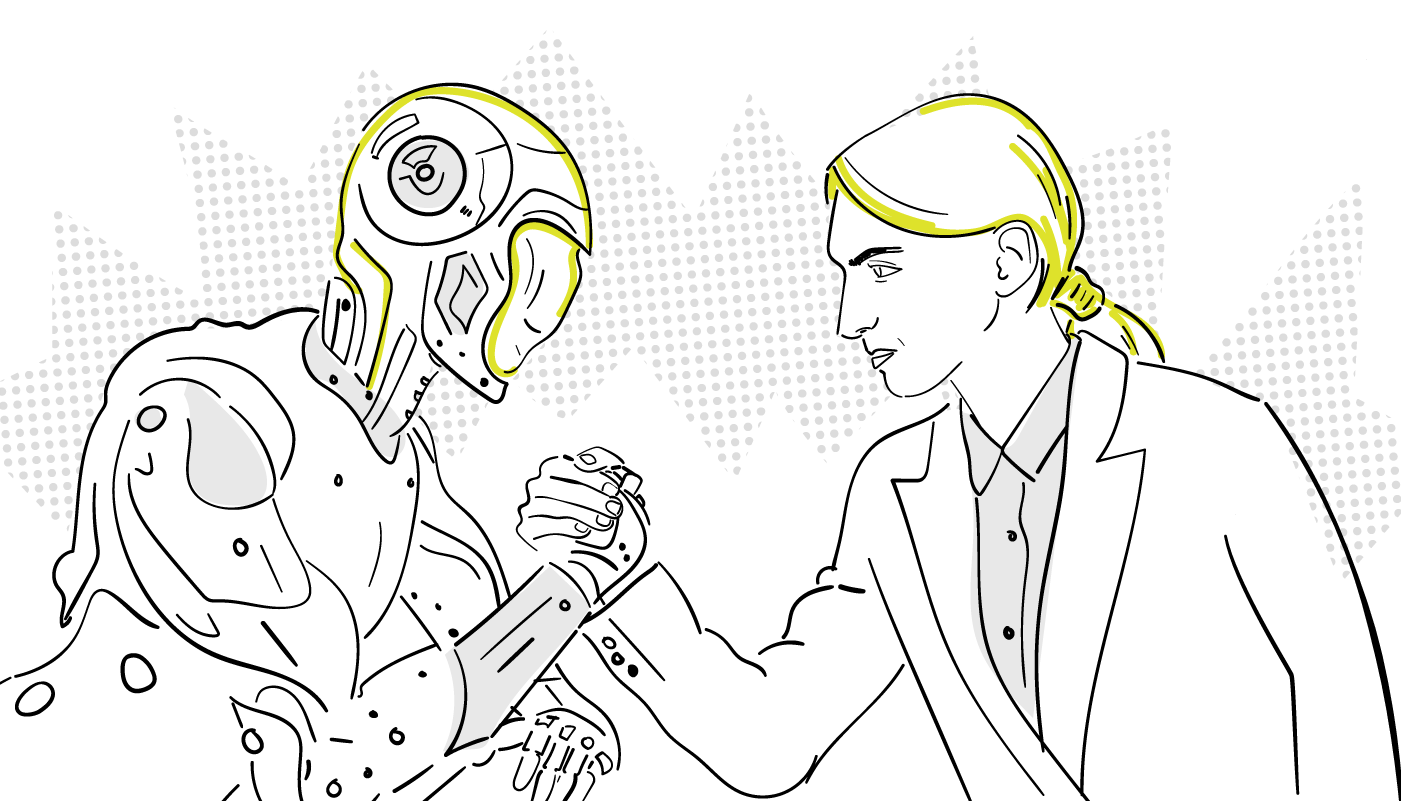
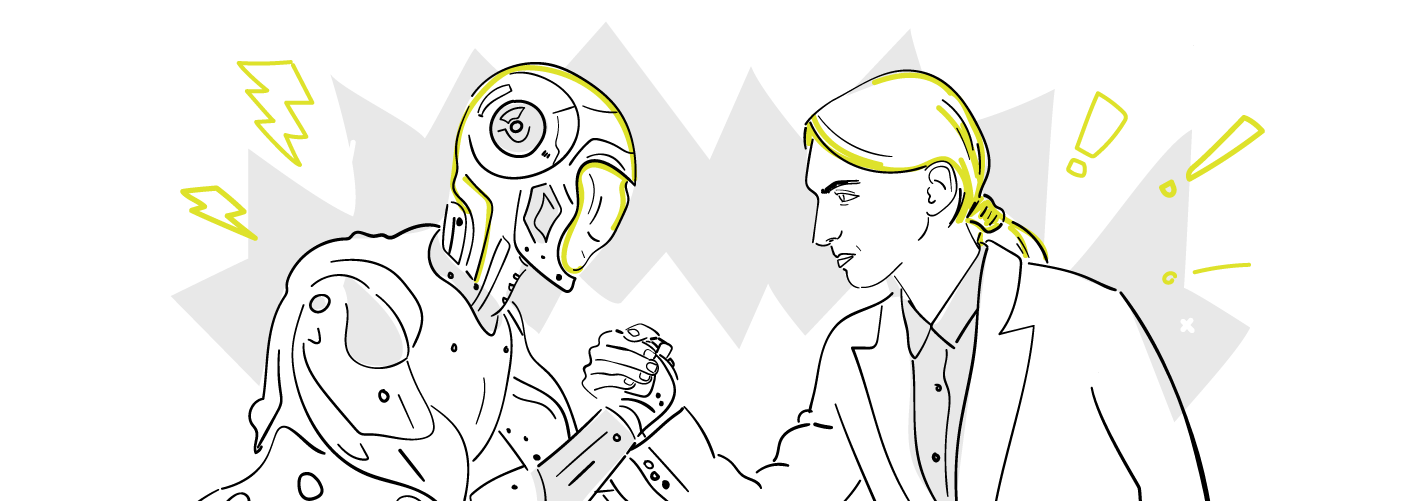
Early Adoption in Emerging Technology vs. Your Users
Early Adoption in Emerging Technology vs. Your Users

Tony
Zuck
Chief Financial Officer,
Founding Partner
Chief Financial Officer,
Founding Partner
It's difficult to predict which new tech will or won’t become important for business, but we can't ignore the fact that some communication fads and “toy” applications have become business tools. Was it worthwhile building your SaaS in support of Foursquare? Did Google Glass change the world? Was Apple OpenDoc able to build the community and components they promised?
Bitcoin, a blockchain technology, started as a cypherpunk outlier built to demonstrate a new independent philosophy for money. Starting at fractions of a cent, it became a unique asset class hitting a market cap of 1 trillion USD and poised to offer a true alternative to the printing press fiat currencies on which we currently rely.
As we witnessed with all of the Blockchain startups a few years ago, it’s exhilarating to be associated with a new tech boomlet. Organizations should try to spot the hype however, and not get too far out in front of things – things like what their users actually want. Startups committed to new breakthroughs (or at least their investors) eventually realize actual business results will be required at some point, though rounds of financing have kept many corporate corpses alive for a surprisingly long time.
New tech can be app-specific or a whole new category of possibility. While Bitcoin is a beautiful little algorithm, a whole industry has blossomed around it. Artificial Intelligence (AI) is an ongoing hot topic, with uses ranging from data science and finding insights in giant pools of information, to replacing humans wherever the skill is a repetitive activity, or to simply improve the ability of clients to serve themselves.
Return on Investment in Emerging Technology Falling Short
In a global survey regarding the use of AI to automate processes, McKinsey Digitals (Dec. 2019) observed with three-quarters of respondents:
"Companies have begun to automate some business processes or plan to do so within the next year. Yet many find total returns have fallen short of their expected target.
Our client work indicates there are two main reasons for this:
- Too many organizations fail to consider how automating certain steps in a business or customer-facing process will affect upstream or downstream handoffs and connections, which can introduce new inefficiencies, capping the value delivered by automation.”
- Companies often limit the scope of automation to point solutions aimed at eliminating work. These solutions tend to deliver only an incremental, and often temporary, cost-savings advantage, given that most companies are working to make the same basic efficiency improvements.”
Achieving Emerging Technology’s Full Potential
To achieve the full potential of new tech, an organization must be sensitive to how the total user experience is affected. For zu, this suggests that our relevance to our clients continues because, no matter which new technology is to be deployed, you will still need to Design For and With Users to realize the full benefit. So, adding emergent tech works best when used in tandem with practices addressing user experience and the growing desire for users to be self-sufficient.
Don’t design for users, design with them. And give them an opportunity to help.
Progressive organizations should be ready to offer customers what they need when they need it; not after the need has been around for a while, or your competitor has already cornered the market. To this end, customers can be recruited to explore new tech and its potential uses in interacting with your organization. Customers – bringing experiences with other digital organizations – will identify points of friction or possible frustration as well as new possibilities. Having them proactively engage in discussion – or with actual prototypes – to explore the practicality of new tech will produce epiphanies. Before committing to an approach, discover what it will take for you to put it into use.
As important as a new capability may appear to your organization, it is likely to be sandwiched between legacy steps in the journey which, if poorly considered as a whole, may defeat the potential. Hitting a fail after investments have been made may cause premature death for this new approach. Careful consideration with end users increases the likelihood that the key component of their cooperation – their effort in making something new work – may be gladly given, or may be withheld. In recent projects, we have explored a few emerging technologies including Blockchain, as well as the Intersection of 5G, Internet of Things and Artificial Intelligence.
Blockchain and Agriculture
One area we have consulted in is in the use of blockchain technologies to assure the provenance of agricultural products, especially for organic foodstuffs where claims to legitimacy are difficult to investigate or enforce. Blockchain potentially provides a new approach for tracking the source and proper handling of crops and would be expected to increase the perceived value of the product and price achieved. A blockchain approach basically replaces the need for trust to be something layered on top of a system, as it builds trust into the product as processes occur. The product’s provenance is trapped with the product’s journey from field to consumer and attests that the claimed quality of care has been maintained. The end goal is that farmers, transportation organizations and processors doing things right should be rewarded for it, and best performers will be more profitably rewarded. But the success of such a system will come down to making the concept of traceability practical in actual use. Will the humans carry out their necessary role, or not? And with that, we circle back to usability as a key component in any new system.
The Intersection of 5G, Internet of Things & Artificial Intelligence
5G and the Internet of Things (IoT) are all about connecting sensors and controls to everything in a particular system, be it agricultural, industrial, transportation, human comfort or wherever there is a need to make continuous adjustments to optimize a system. 5G essentially unlocks the opportunities offered by IoT by providing the type of data transfer needed to create feedback loops. In fact, there's plenty of "old" existing off-the-shelf tech that can become useful with improved connectivity and cellular networks. Much of the best of new tech is actually connecting old tech – with a little human effort-glue – to create new systems.
Alternately, it is possible to be “too soon” with emerging technologies: that period when a new tech is a solution in search of a problem. Through this lens, it is certainly easy to overthink an approach or overprescribe a new solution; everything looks like a nail to a hammer. New technology should perhaps be thought of as the spice rather than the main ingredient of a real improvement - the main ingredient is still the human.
In optimizing the system for the human component, the goal might be to say, “Encourage Self-Service”. So our new approach may involve customers in the collection of data. This would lower costs and increase system reliability with a smaller addition of technical risk. For instance, rather than contriving some hugely technical solution, we’ve seen cameras on phones (“old tech”) used for cheque deposits in banking, video used for insurance claims and parts ordering and text messaging in combination with chat/help bots. These achieve the integration of tech and legacy systems that improve the experience for users and decrease costs for organizations serving them.
Uber relies on the passengers and drivers to ensure the quality of the counterparty through the rating step, carried out by system participants. There may have been a much more complicated way to analyze the reputation of users to ensure they were trustworthy to share rides with: imagine CIA-strength AI combing through the browser histories of everyone combined with identity management databases. But with a little usability testing, and in recognizing the desire for people to be self-sufficient, the “AI” of the users themselves supports the system.
So if you want to get the biggest bang for your new tech spend, first encourage autonomy, self-sufficiency and self-sovereignty in your users. Then add the least amount of new tech possible while optimizing user experience. With this recipe, you are likely to produce resilient and cost-effective solutions that are, in fact, the new tech we need.

